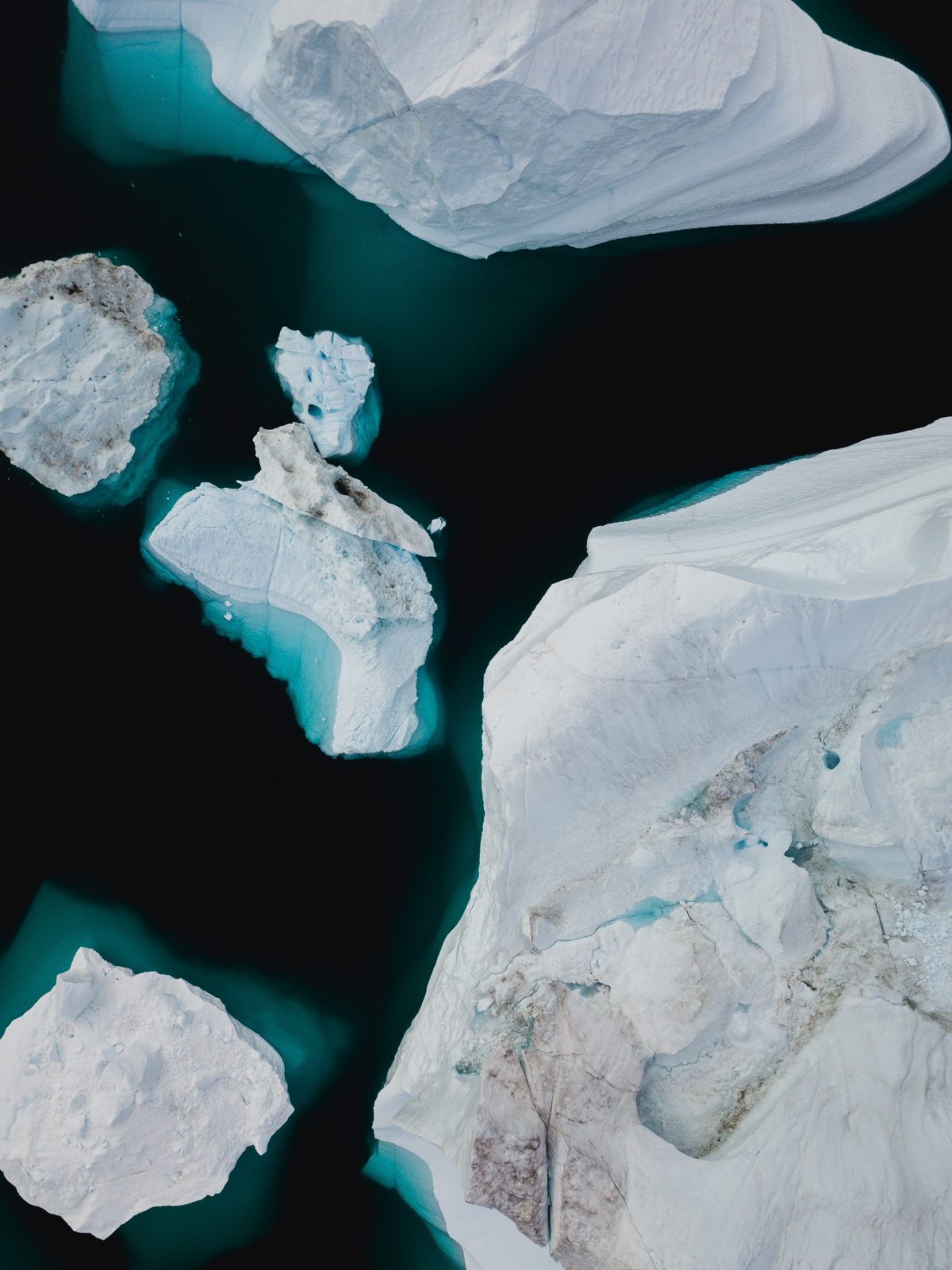Emerging markets and developing countries (EMDCs) face multiple crises at the same time: while still contending with the COVID-19 pandemic, they are also affected by the ramifications of Russia’s war in Ukraine. Even prior to this, however, a debt crises loomed in the Global South.
The Vulnerable Group of 20 (V20) is an initiative of 55 climate vulnerable developing countries, and they are at the epicenter of the climate and debt crises which threaten their ability to mobilize the necessary resources to build resilient and low-carbon economies.
Prior to the 2021 United Nations Climate Conference in Glasgow (COP26), the finance ministers of V20 countries released a statement calling for a global debt restructuring scheme that would link debt relief to climate and development goals.
In partnership with the V20, the Boston University Global Development published a new policy brief by Luma Ramos, Rishikesh R. Bhandary, Kevin P. Gallagher and Rebecca Ray that provides a detailed look on the scale, composition and distribution of the V20’s debt profile.
Their findings show that the biggest share of $686.3 billion (27 percent of the group’s gross domestic product) is owed to private creditors, followed by the World Bank and multilateral development banks, each at 20 percent. In terms of bilateral credit, Paris Club nations, together with China, hold another fifth of V20 debt stocks.
Other key findings:
- In terms of external debt service payments, between 2022-2028, V20 countries will be responsible for almost $435.8 billion in payments to various creditors, with 2024 a particularly acute year at $68.9 billion. Again, private creditors top the payments list (34.6 percent), followed by multilateral institutions (16 percent) and the World Bank (12 percent). China is fifth with a share of 10 percent.
- Countries with the highest outstanding commitments are Colombia ($51 billion), Vietnam ($32.6 billion), Sri Lanka ($31 billion), Bangladesh ($30 billion) and the Philippines ($29.7 billion).
- Lebanon, Bhutan, Maldives and Mongolia have the highest debt-to-GDP ratios. Their debt compositions, however, are different. While private creditors hold most of Lebanon and Mongolia’s debt, China is the largest creditor of the Maldives. For Bhutan, bilateral debt forms the largest share, and the precise amount owed to China is uncertain.
- For 13 V20 countries classified as in debt distress or at high risk, the debt stock composition shows that the private sector owns 29 percent of the total debt stock, the World Bank holds 24 percent, China holds 16 percent and bilateral creditors without China also own 16 percent.
- Private bondholders are expected to receive the largest share of payments between 2022-2027, but from 2028 onward, multilateral development banks (MDBs) overtake private bondholders. Of the $18 billion that the V20 will owe to the MDBs, the World Bank is expected to receive $8 billion, with other MDBs receiving $10 billion.
The authors conclude that, given the diversity of creditors in the V20’s debt portfolio, comprehensive debt restructuring across all creditor classes is urgently necessary, rather than case-by-case bilateral negotiations with specific creditor classes.
